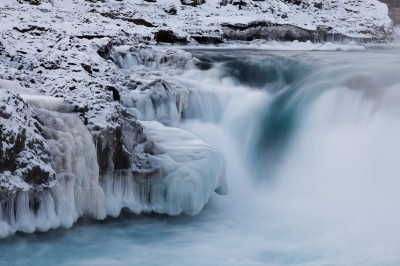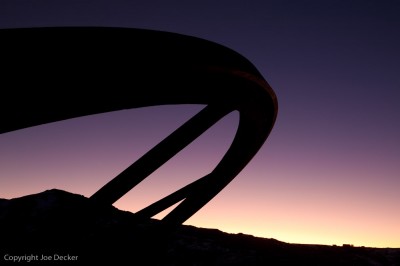The Tuesday Composition: Live from Iceland!
If you like this article, you can now get the book! Joe has expanded the “Tuesday Composition” series into an inspiring new ebook on composition, especially for nature photography. Check it out: The Tuesday Composition.
I’m about five days into a trip through parts of Iceland (yes, in January and February), and thought I would share couple of short thoughts that have come up this week as I’ve been working, along with a few unfinished images from the trip.
First, yes, it is in fact cold here. Most of the areas I’ve been working in are relatively coastal (save for the Myvatn area), and so temperatures aren’t quite as cold as you might think: The coldest temperatures I’ve worked in this trip have been about -13C (or 9 degrees F). I’ve worked at lower temperatures in Mono Lake. Still, it is noticeably brisk. One thing that’s been on my mind, as a result, is thinking about how to communicate the sense of that cold in an image.
In most of my images on this trip, communicating “cold” has come down to one of two ideas (or both)–color, and the presence of ice or snow.
(more…)

